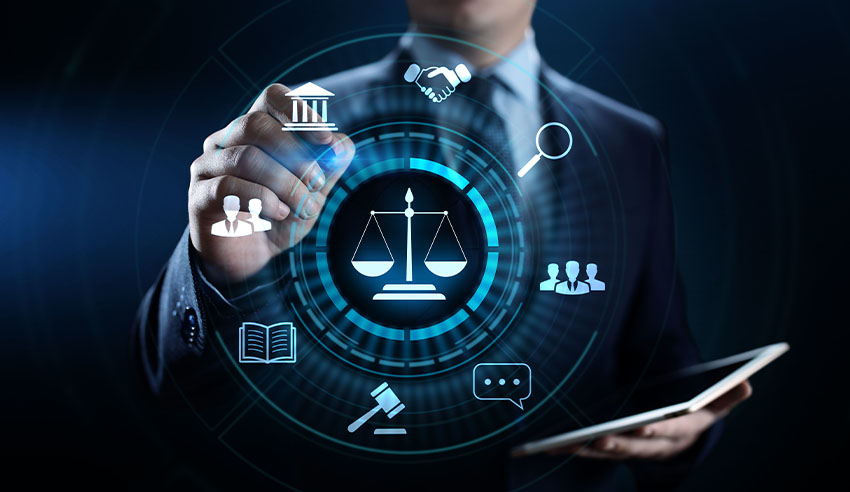Growth in legal work is “outstripping” growth in headcount, making automation solutions more enticing. However, law departments must ensure they are getting it right.

Global technology research and consulting firm Gartner has predicted that, by 2025, thirty per cent of new legal tech automation offerings will be “human-in-the-loop” solutions.
As such, “human-in-the-loop” solutions – that is, artificial intelligence that leverages a combination of human and machine intelligence to create tech-learning models – will make up three in 10 automation offerings by the middle of the decade, the firm suggested.
Gartner legal and compliance director Zack Hutto said: “There’s little question that growth in legal work is outstripping growth in legal headcount, and on the surface, this can make advanced automation solutions appear very attractive to legal leaders.
“The question is whether the legal department has the capabilities required to customize and configure advanced machine learning systems, which will be needed to enable them to handle the unique scenarios and frequent exceptions that come about in this type of work.”
In the past, Gartner reflected, law departments have “lagged” behind other business units in their uptake of automation – “often deliberately so” – but attitudes have shifted since the onset of coronavirus.
This is because, the firm explained, of the two-fold impact of workload increases and a reluctance to keep adding headcount.
Law departments should not avoid automation, Mr Hutto said.
“But the right foundations must be in place. Automation – especially sophisticated AI-driven techniques – should not be seen as a quick fix to old problems.”
“This kind of in-demand machine learning expertise, coupled with legal understanding, is going to be hard and expensive to find. In reality, hiring for this capability is not going to be very scalable for most corporate legal departments,” he detailed.
“There’s also so much complexity to handle in legal work that it seems unlikely there will be any broad-based, effective ‘off the shelf’ solutions available within three years.”
Moreover, Gartner pointed out, given how solutions that attempt to automate legal work can demonstrate “quite high error and exception rates” relative to other business functions, in light of differences in data assets, hybrid – or human-in-the-loop – models, which blend staff and software, will “win out”.
This will see, Mr Hutto posited, “the required domain expertise coming from the supply side rather than from within legal departments themselves”.
“An inflection point of productivity in legal automation will come when legal departments have machine learning experts who can truly understand the complexity of the legal problems within the context of their organisations,” he said.
Such a shift, Gartner surmised, is a “marked difference” from current circumstances and will serve to place a greater onus on end-users to build and manage their own platforms.
For law departments who are already stretched to capacity, the shift will be a challenging prospect, the firm ceded.
“However, increased demand from corporate legal teams is expected to continue, alongside significant acquisitions and venture capital investment in legal tech markets,” Gartner concluded.

Jerome Doraisamy is the managing editor of professional services (including Lawyers Weekly, HR Leader, Accountants Daily, and Accounting Times). He is also the author of The Wellness Doctrines book series, an admitted solicitor in New South Wales, and a board director of the Minds Count Foundation.
You can email Jerome at: